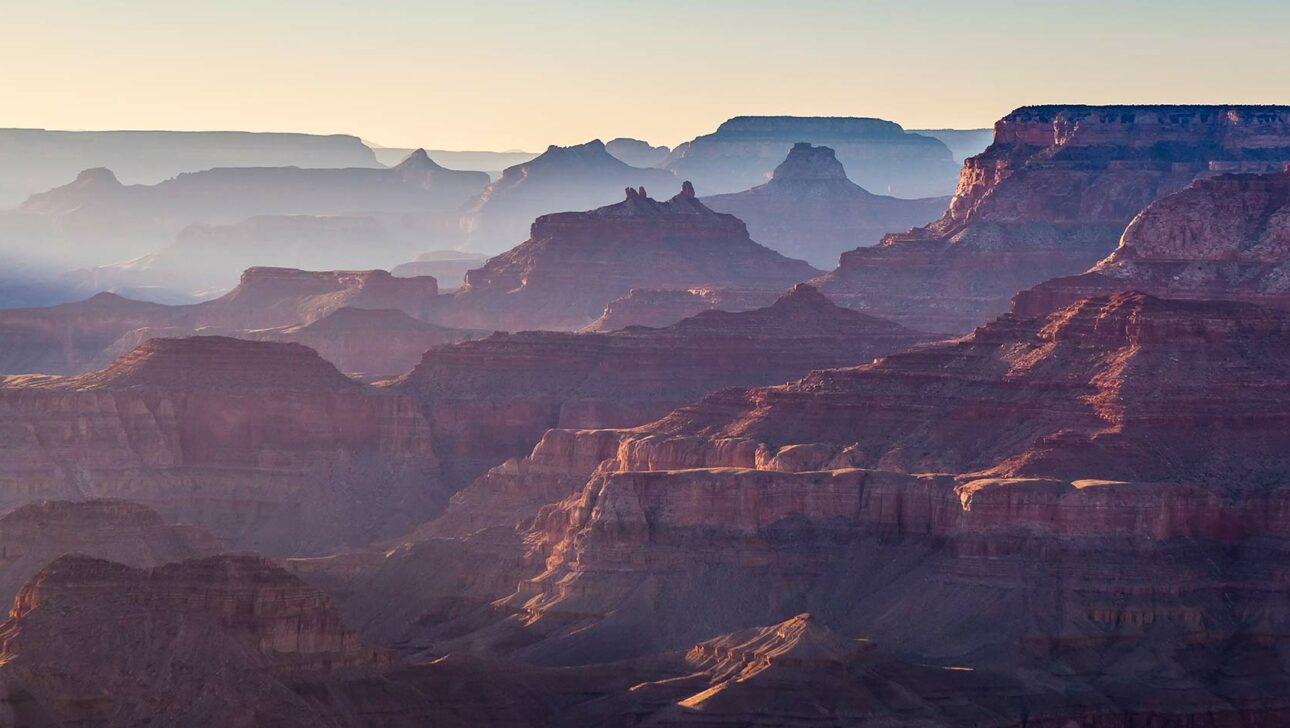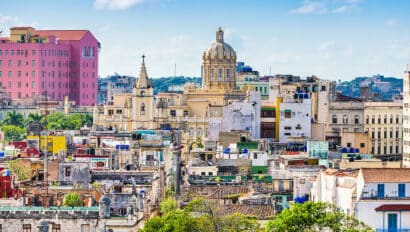Unraveling the history of America’s National Park System
The National Park Service (NPS) provides care and protection to North America’s national parks. Through government employees, volunteers and partners, wildlife areas are preserved and safeguarded for the more than 275 million people who visit each year. And something special is on the horizon for NPS; on August 25th, 2016, it will celebrate its 100th year of service.
President Woodrow Wilson first signed the act creating the NPS in August of 1916. The “Organic Act” states that the fundamental purpose of the NPS “is to conserve the scenery and the natural and historic objects and the wild life therein and to provide for the enjoyment of the same in such manner and by such means as will leave them unimpaired for the enjoyment of future generations.” The Park Service also “cooperates with partners to extend the benefits of natural and cultural resource conservation and outdoor recreation throughout this country and the world.”
To date, more than 400 national parks are tended to, covering more than 84 million acres. Thriving parks help to revitalize surrounding communities and preserve and celebrate neighboring history and heritage, while offering natural spaces for kids, families and individuals to be active in nature. And for many, time spent in nature is time soothing the soul.
In 1920, visits to national parks and contact stations capped out at 1 million annually, and it continues to grow. Can you guess how many visitors were logged last year? 307.2 million! The NPS currently employs more than 20,000 permanent, temporary, and seasonal workers.
So what is protected inside these special places? More than 247 species of threatened or endangered plants and animals, 27,000 historic and prehistoric structures, the world’s largest carnivore (the Alaskan brown bear), the planet’s largest living things (giant Sequoia trees) and much, much more.
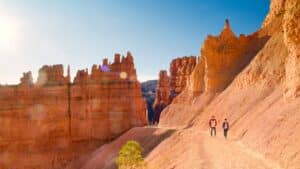
Bryce Canyon National Park, situated in Bryce Canyon, Utah, in southwestern Utah, is considered a small national park compared to its counterparts — it’s 55.99 square miles. It became a national park in 1928, named after the Mormon Pioneer Ebenezer Bryce. Renowned for its fascinating geology, a string of horseshoe-shaped amphitheaters carved from the eastern edge of the Paunsaugunt Plateau in south-central Utah, and the world’s largest assortment of crimson-colored hoodoos (spire-shaped rock formations). It’s been described as a “forest of stone.”
Visitors can hike, bike, snowshoe or ride a horse — kids love to explore the out-of-this-world landscape. Flanking the rim are pine, fir and spruce forests and high elevation meadows. This area possess some of the world’s best air quality, approaching 200 miles of visibility, one can see a panoramic view of three states — not to mention abundant fauna.
Grand Canyon National Park Located in Grand Canyon Village, Arizona, was originally granted Federal protection in 1893 as a Forest Reserve and subsequently as a National Monument. Grand Canyon didn’t attain National Park status until 26 years later.
There are two public areas of Grand Canyon National Park, the North and South Rims. At 7,000 feet above sea level, the Grand Canyon South Rim is the most accessible section of the park, with numerous places where visitors can pull over to admire the views. The canyon itself is 277 river miles long, up to 18 miles wide, and a mile deep, with exceptional mixtures of geologic color and erosional form adorning the edges.
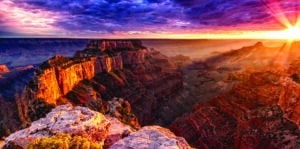
At Zion National Park in Springdale, Utah, you can follow the same paths ancient natives and pioneers had been known to walk. Gawk at the colossal cream, pink and red sandstone cliffs or spend time captivated by the wide array of plants and animals. Human use on the park landscape dates back to at least 6,000 B.C. and has been studied extensively. Utah’s first national park is known as the most “user friendly” because of it’s unusual blend of elevation, wide open and level spaces, slot canyons, pleasant year-round temperatures and sprawling river valley.
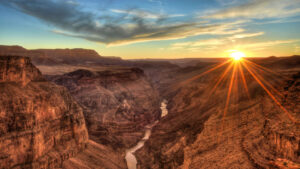
Breathtaking scenery, astonishing wildlife and magnificent forests all have played vital roles in our national parks natural 100-year heritage. The benefits of the National Park Service are exponential: preserve vital wildlife habitat, facilitate social interactions imperative to maintaining community togetherness and pride, improve moods, reduce stress, enhanced sense of wellness after leisure activities. Parks are a necessity in the rapid developing American landscape, and provide vegetative counterparts to manufacturing and development, offering balance to America’s sprawl.

